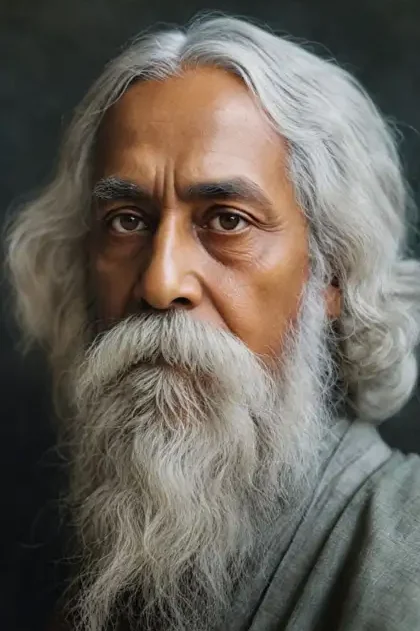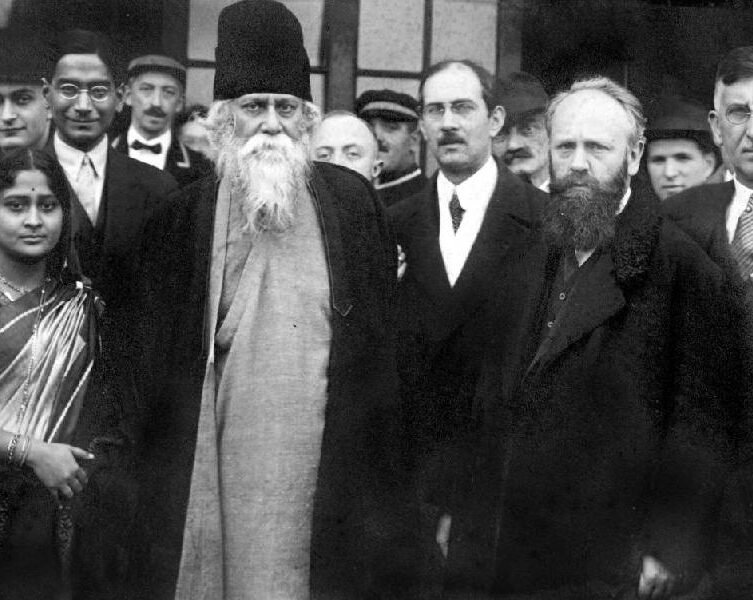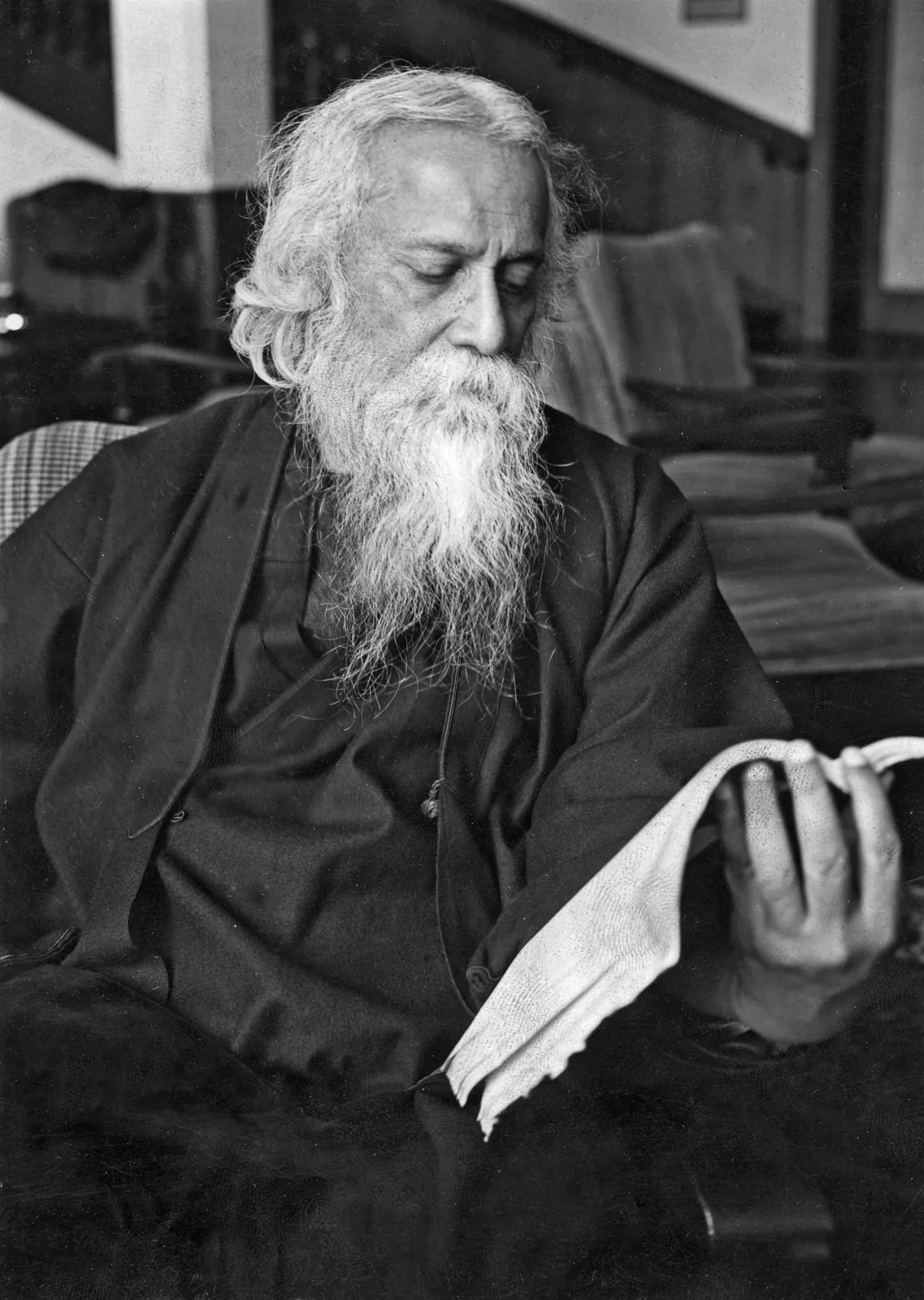Rabindranath Tagore, a renowned poet, novelist, musician, playwright, and Asia’s first Nobel Prize laureate, was born on May 7, 1861. He began painting and drawing in his sixties, producing works that were characterised by intense, semi-expressionist faces and a deep, brooding interiority. His paintings represented a break with his own beliefs as a poet and philosopher, and were influenced by various art styles and movements he encountered during his international travels.
Tagore’s views on Indian art evolved throughout the first half of the twentieth century, shifting from endorsing Academic Realism to supporting the rejection of Western Realism and the revival of Indian art forms. He established Kala Bhavana, the art department of Visva-Bharati University, and his own artistic career began with drawing over the struck-out lines in his manuscripts. Tagore’s artwork was introspective, an expression of his own individuality, personality, and cultural consciousness.
Tagore’s paintings featured geometric shapes, giant ovoid faces, and a sense of rhythm, with themes ranging from faces, masks, and landscapes. His later portraits were known to cause discomfort to viewers, and he famously never named or dated his paintings. After his death in 1941, his art was preserved and perpetuated through Kala Bhavana, and was proclaimed a national treasure in 1972.





